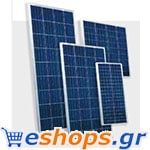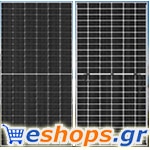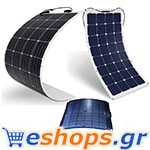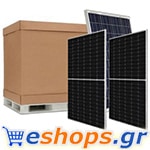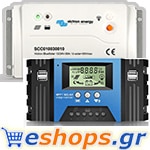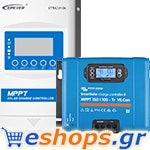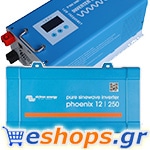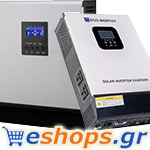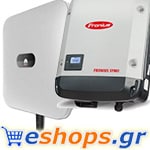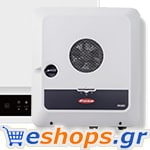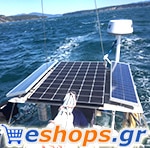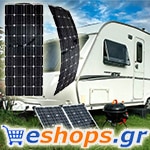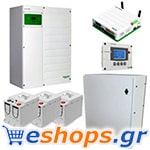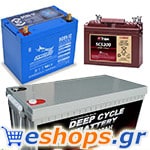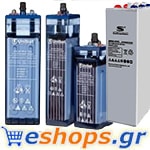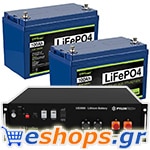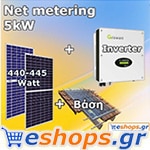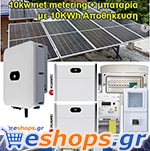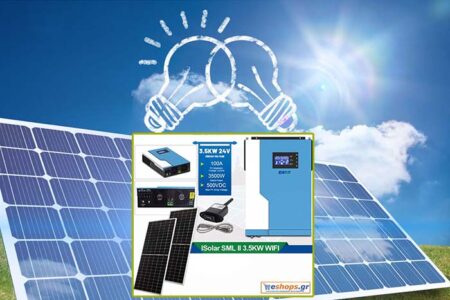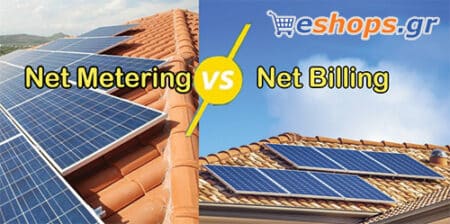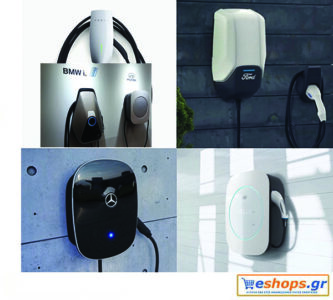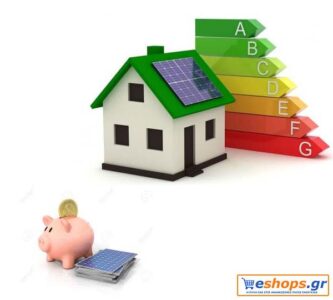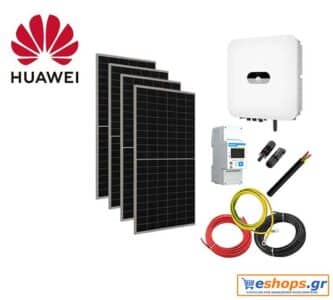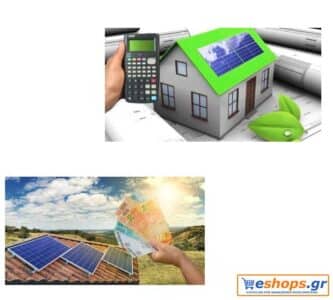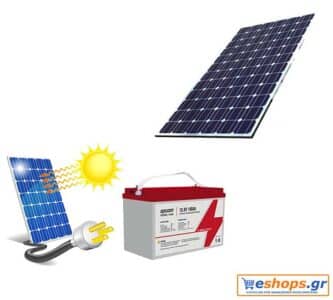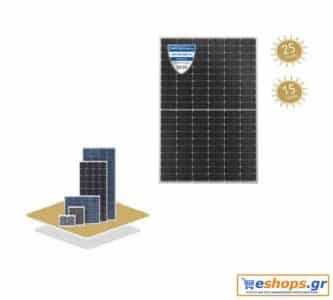Battery technology
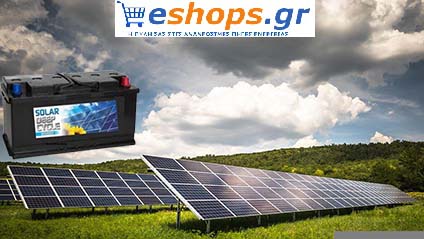
Battery technologies, variety, prices, offers
Which Battery Technology is Right for Your Personal Needs? Do you want to use solar energy for storage or to feed it into the grid? What battery technology is there and how do batteries differ from each other?
If you have a photovoltaic system, there are two options: you can either feed the excess green electricity into the public grid or store it. In recent years, it has steadily decreased feed in tariff . The electricity produced is then stored. So we can use it later.
Some even go a step further and establish a stand-alone solar system in order to be completely self-sufficient in electricity. Autonomous systems do not have a connection to the public electricity grid, but have solar batteries with a large storage capacity. This allows for the highest degree of independence.
Although there are many different types of energy storage, there are only a few that are suitable for solar energy storage. Batteries are designed to store solar energy. In addition, they help us get the maximum performance from your solar array. Memories are not batteries, but rechargeable batteries.
Are you using a PV system with or without a solar battery?
During the day, when solar radiation is greatest, your PV system produces the most electricity. The feed-in tariff is currently less than 7 cents/kWh (from April 2022).
At night, on the other hand, most people are at home using various electrical devices. For cooking we use the stove, microwave and dishwasher. After that, you can use the TV, lights around the house and charge mobile phones and laptops. Washing and drying clothes also consumes a lot of electricity. Therefore, electricity consumption is significantly higher at night than during the day.
If you have already fed all the surplus, self-generated electricity into the public grid, you will no longer have electricity for your own consumption in the evening. This means you now have to get electricity from the public grid, which currently costs around 36 cents/kWh (as of April 2022). If you integrate a solar battery into your solar system, you can therefore save significant costs. You store the excess energy you produce during the day and use it 100% – and it's free.
Types of Battery Technology
Every solar battery works on the same principle. Electrical energy is converted into chemical energy. This idea is reversed when it comes to discharge. Both processes release heat and some energy is lost. Solar batteries differ in the type of filling. Currently, there are mainly two different types of battery technology in use. Lead-acid batteries and lithium-ion batteries.
Lead acid battery
The oldest type of battery on the market that has become the standard over the years is the lead-acid battery. Cars use a lead-acid battery. The advantages of this type of battery are the low cost of acquisition and a long series of historical empirical values. This type of solar battery is ideal for small to medium loads. This cheap type of battery performs worse than the lithium version in terms of life, efficiency and depth of discharge.
A further development of the lead-acid battery is the battery lead-gel. These are a bit more durable in comparison and don't need servicing as often. Therefore, lead-gel batteries are also slightly more expensive.
We often compare lead-acid batteries to lithium batteries. Lead-acid batteries have been tested and rated as reliable and safe for decades. Thus, performance and life claims are fairly accurate for lead-acid batteries, while in reality they may vary slightly for lithium batteries.
Lithium ion battery
Three lithium batteries in different colors next to each other
Lithium-ion battery is the right choice for you. Ideal choice for maintenance-free solar battery with high performance and durability. Among the various lithium ion batteries, lithium iron phosphate battery is especially suitable for solar system.
That's why lithium prices have plummeted. Today, we use them in smartphones, laptops and electric cars. The lithium solar battery has 5.000 – 7.000 full charge cycles (compared to 2.000 to 4.000 cycles for lead-acid batteries) and a very long life of about 10 – 15 years (with lead it is about 5 – 10 years).
Furthermore, lithium storage with an efficiency of 90 to 98% is much more efficient than lead-acid batteries (70 to 85%). In addition, lithium solar batteries have a useful capacity of 80 – 100%. On the other hand lead alternatives only discharge up to 60 – 80%. Always depending on the battery. Despite the higher initial cost, lithium-ion batteries are definitely on the rise.
Old batteries from electric cars
The third solar battery option is to use batteries from electric cars. We usually reject them. This is because the capacity no longer meets the requirements. Discarded batteries are ideal for use as solar batteries. Batteries in electric cars have 70-80% of their original capacity.
The big advantage of these batteries is the low price. The price is significantly cheaper than brand new lead-acid or lithium-ion batteries. However, you should not overestimate the relatively short life of these batteries. Batteries last a maximum of five to ten years.
What battery technology do I need?
Which of the three types of batteries should we choose? For now, it is important to note that the solar battery must match your solar system. If the amount of excess current is not too large in your space, you often drive better even without a solar battery. The determining factor here is above all the efficiency of your PV system and the amount of excess electricity.
